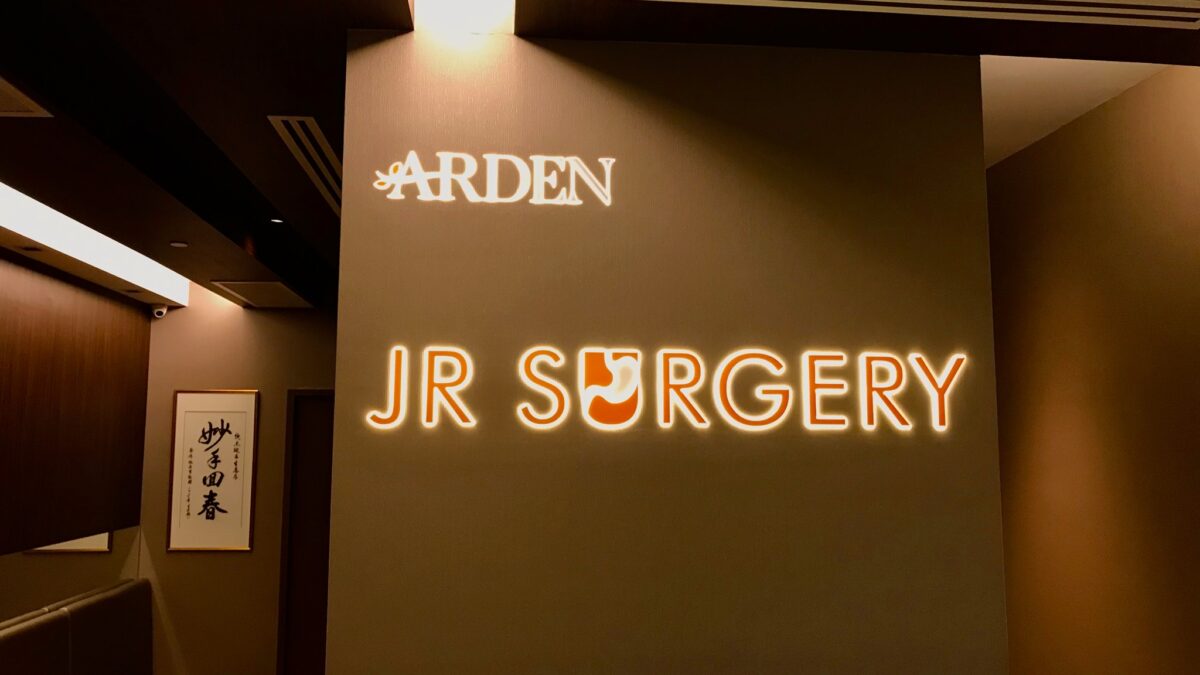Gastroscopy, also known as upper endoscopy, is a medical procedure that allows doctors to examine the lining of the upper gastrointestinal tract. This includes the esophagus, stomach, and duodenum. Gastroscopy is used to diagnose a wide range of conditions, including ulcers, tumors, inflammation, and bleeding. In some cases, gastroscopy may also be used to treat certain GI conditions.
If your doctor has recommended gastroscopy, you may have questions about the procedure and what to expect. In this article, we’ll take a closer look at gastroscopy surgery, including how it’s performed, what to expect before and after the procedure, and potential risks and complications.
How is gastroscopy surgery performed?
Gastroscopy is typically performed as an outpatient procedure, meaning that you can go home the same day. Before the procedure, you may be given a sedative to help you relax and make the procedure more comfortable. You will also need to fast for several hours prior to the procedure to ensure that your stomach is empty.
During the procedure, you will lie on your side or back on an exam table. Your doctor will insert a flexible tube called an endoscope through your mouth and down your throat. The endoscope contains a camera and light, which allow your doctor to see the inside of your upper GI tract on a monitor.

Your doctor may also use the endoscope to take a tissue sample (biopsy) or remove a polyp or foreign object. In some cases, gastroscopy may also be used to perform therapeutic procedures, such as dilation of the esophagus or removal of esophageal varices (swollen veins in the esophagus).
What to Expect Before and After Gastroscopy Surgery
Before the procedure, your doctor will provide you with specific instructions to follow. This may include fasting for a certain period of time, avoiding certain medications, and arranging for transportation home after the procedure.
After the procedure, you may feel groggy or sleepy from the sedative. You may also experience some mild throat discomfort or bloating. It’s important to follow your doctor’s instructions carefully, including any dietary restrictions or activity limitations.
Most people are able to resume their normal activities within a day or two after gastroscopy surgery. However, it’s important to avoid strenuous activity or heavy lifting for a few days after the procedure to give your body time to recover.
Potential Risks and Complications
As with any medical procedure, gastroscopy surgery carries some risks and potential complications. However, these are generally rare and occur in a small percentage of patients.
Some potential risks and complications of gastroscopy surgery may include:
- Bleeding: In rare cases, gastroscopy may cause bleeding in the upper GI tract.
- Perforation: In rare cases, the endoscope may cause a hole (perforation) in the GI tract.
- Infection: In rare cases, gastroscopy may lead to infection in the GI tract or other parts of the body.
- Reaction to Sedation: Some people may experience an adverse reaction to the sedative medication used during the procedure.
Your doctor will discuss the potential risks and benefits of gastroscopy with you before the procedure. It’s important to follow all of your doctor’s instructions carefully to minimize your risk of complications.
Conclusion
Gastroscopy surgery is a safe and effective diagnostic tool used to examine the upper GI tract and diagnose a wide range of conditions. If your doctor has recommended gastroscopy, it’s important to understand the procedure, what to expect before and after the procedure, and potential risks and complications.
By following your doctor’s instructions carefully and communicating any concerns or questions you may have, you can ensure a successful gastroplasty.
Here you can find our reference post:https://colonoscopyinsingapore.blogspot.com/2023/02/understanding-gastroscopy-surgery.html


